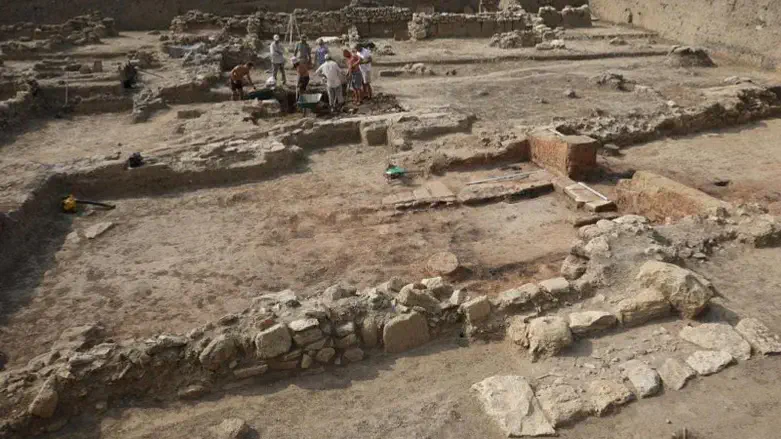
A synagogue from the Second Temple period and a Jewish quarter that stood for about 500 years was recently uncovered in southern Russia.
The historical findings, discovered in the ancient city of Phanagoria, include an ark, a podium for reading the Torah, and seven-branched candlesticks.
"The community adhered to all laws and traditions," recounts the current Rabbi of the region, Rabbi Menachem Mendel Lazar. Among the exciting discoveries were charity boxes, Hebrew inscriptions on kosher food products, and many tombstones with Jewish symbols, attesting to a thriving and observant Jewish community.
The magnificent synagogue, built in the early 1st century CE, was located in the upscale area of the city. Around it, a bustling Jewish quarter included a winery, a garden, residential buildings, and an advanced water system. Fifty-eight copper coins were found in the area, some near the podium and benches.
The prosperous community was destroyed in the sixth century by barbarian tribes, as shown by the remnants of stone balls found at the site. The city was rebuilt about 130 years later, but disappeared permanently in the seventh to ninth centuries CE.
The new archaeological findings provide exciting evidence of the existence of a glorious and traditional Jewish community that flourished beyond the borders of the Land of Israel already during the Second Temple period.
